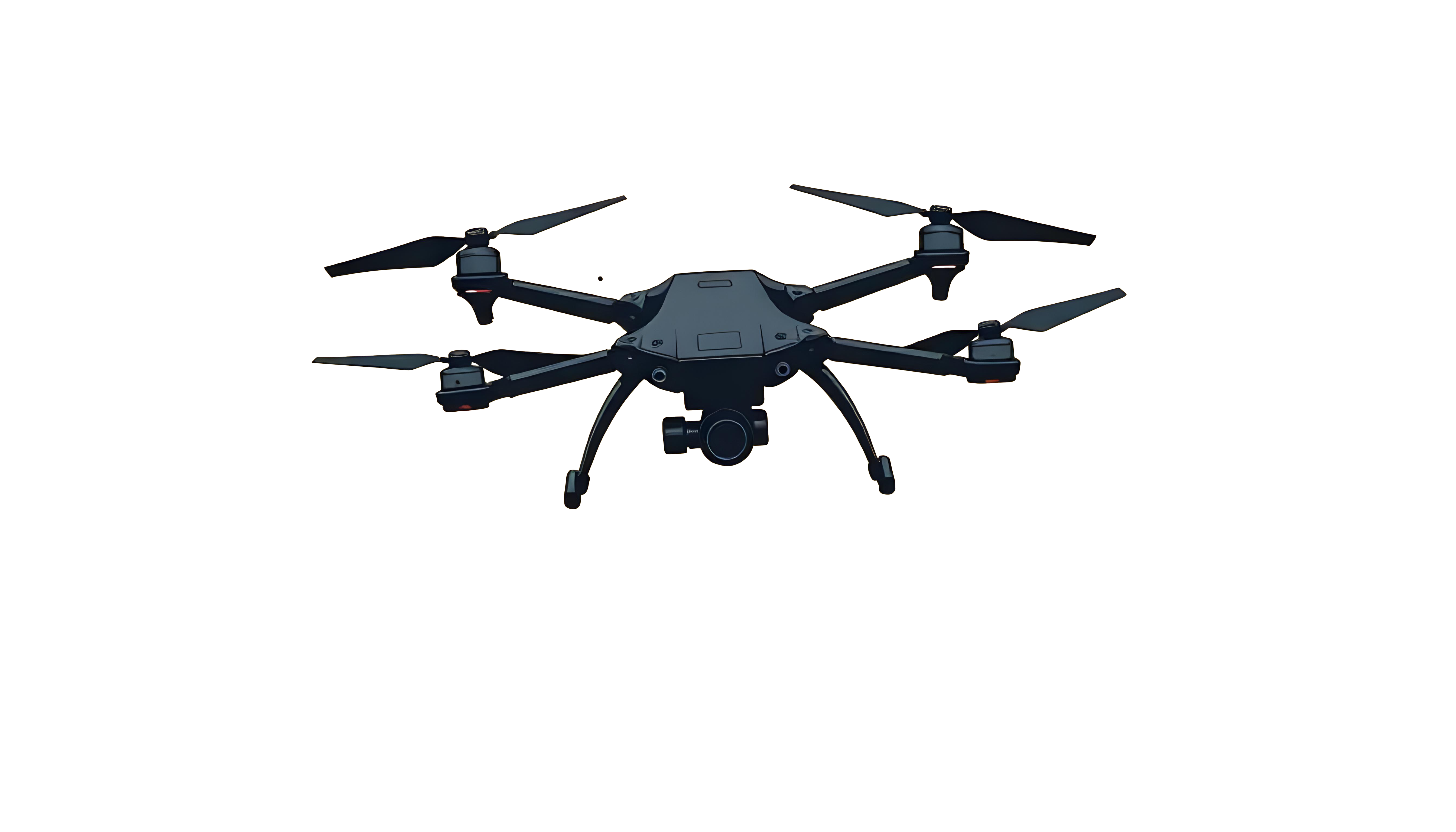
3. Attacks in territory controlled by the Russian Federation
Occupied Territory
11 per cent of civilian casualties (61 killed and 282 injured) caused by short-range drones between February 2022 and April 2025 occurred in territory occupied by the Russian Federation.
-
Residents in frontline areas of occupied Donetsk region faced the highest risk. At least 26 civilians were killed and 207 injured in Horlivka and Donetsk cities alone.
-
At least 32 civilians were killed and 93 injured in attacks on civilian cars and buses.
-
At least 9 civilians were killed and 48 injured while outdoors on foot and on bicycles.
-
Drones attacked ambulances at least 6 times, resulting in the death of 1 civilian and injuring 4.
Russian Federation
Russian authorities have reported increased civilian casualties from short-range drones inside the Russian Federation, particularly in early 2025. However, the UN Human Rights Monitoring Mission in Ukraine (HRMMU) has been unable to verify all casualties, the protected status of those reported killed and injured, or the circumstances of the attacks, due a lack of access and limited publicly available information.

Deadly Drones
Civilians at Risk from Short-Range Drones
in Frontline Areas of Ukraine


“The blast wave tore off all my clothes.
My wedding ring was pressed so tightly into my finger that surgeons had to remove it.”
— A man who was attacked by a drone in his garden in Mykolaiv city on 9 January 2025.

1. Introduction
Short-range drones are increasingly used by military forces in the war in Ukraine due to advancements in technology and higher production rates. Despite on-board cameras allowing operators to view potential targets in real time, so-called first-person-view (FPV), these drones have become one of the leading causes of civilian casualties in Ukraine.
Civilian casualties from short-range drone attacks

From February 2022 to April 2025, drone attacks killed at least 395 civilians and injured 2,635, most of them in territory controlled by Ukraine. Casualties spiked in July 2024 and then continued to rise.
Around 2/3 of civilian casualties from drones were men, and 1/3 were women. The higher proportion of men among drone casualties than from weapons without cameras, like artillery or aerial bombs, may suggest men were wrongly assumed to be military.
Older persons accounted for 34% of casualties, despite being only 25% of the population, as many older persons are reluctant or unable to relocate.
2. Drone attacks
in areas controlled by Ukraine
89 per cent of civilian casualties from short-range drones (334 killed and 2,353 injured) occurred as a result of Russian attacks in territory controlled by Ukraine. With 179 killed and 1,481 injured, Kherson region accounted for 62 per cent of the casualties. Residents near the Dnipro riverbank, in Antonivka settlement and Dniprovski district of Kherson city, were particularly vulnerable.

Civilian casualties in Government-controlled frontline regions 2024-2025

Drones killed and injured civilians in at least 237 attacks on cars and buses near the frontline.
Attacks on cars and buses forced frontline residents to drastically limit their movements. This affected older persons and people with disabilities the most, especially when public transportation was limited or discontinued due to drone danger.
As a result, civilians struggled to access food, medicine and healthcare, and go to work.

Attacks on civilian
cars and buses

Drones killed at least 83 civilians and injured 638 when they were outdoors, for example feeding their dogs, returning from the market, working in their gardens, talking with neighbors, bicycling to work, waiting for the bus, working in their fields, and fishing.
As a result, frontline residents lived in a state of hypervigilance. They listened for the sound of drones while outdoors and hoped they could hide before being spotted. This limited people’s movements even more.

Attacks on civilians
outdoors

On at least 29 occasions, drones attacked ambulances driving to emergencies, medical workers assisting people wounded in earlier attacks, or ambulances parked on medical grounds.
As a result, residents had less access to medical care. Frontline hospitals had fewer ambulances after some were destroyed. In some cases, medical workers could not evacuate people with disabilities or assist with urgent needs, including pregnancy and childbirth.

Attacks on ambulances
and first responders

Drones attacked humanitarian workers distributing aid and evacuating civilians, important civilian infrastructure, and government employees providing essential services. In at least 36 cases, these attacks caused civilian casualties.
Drones attacked NGO and religious relief vehicles delivering water, food, fuel and other aid to communities. Constant attacks on bread lorries meant bread was no longer delivered to certain villages. Attacks on civilian infrastructure and repair workers disrupted the provision of power, water, and gas in several places. And drones attacked members of the police and their vehicles as they were collecting information about civilian casualties and damage to civilian infrastructure.

Attacks on humanitarian operations, essential services and government employees

Although drone operators should have been able to identify and verify targets in real time because of on-board cameras, they routinely attacked civilians and civilian vehicles showing no signs of being used for military purposes. In such cases, drone operators, at the very least, failed to distinguish between military objectives and civilians, or to take sufficient precautions to verify that their targets are neither civilians nor civilian objects, in violation of international humanitarian law.
Attacks by Russian drone operators in some areas, including Kherson region, are consistent with a policy to systematically target any vehicle or person in an area.
In some cases, drone operators appear to have deliberately targeted civilians and civilian objects, which would be a war crime. Drone footage and interviews also show that armed forces on both sides of the frontline failed at times to adequately distinguish themselves from the civilian population, including by using vehicles that appear civilian. Such actions not only violate the principle of precaution but also increase the risk to civilians.
Recommendations
1 of 7
Respect and ensure full compliance with IHL in the conduct of hostilities.
Recommendations
2 of 7
Ensure drone operators receive sufficient training in IHL, including on the principles of distinction and precaution.
Recommendations
3 of 7
Take all feasible precautions to avoid, or at the very least minimize, civilian casualties, including by verifying that targets are military objectives and not civilians or civilian objects and to suspend attacks if it becomes apparent that it would not comply with the requirements of IHL.
Recommendations
4 of 7
Systematically conduct after-action assessments following operations using short-range drones to ensure IHL compliance. Revise and update tactical guidance based on the results of the assessments.
Recommendations
5 of 7
Strengthen passive precautionary measures, including guidance on the use of civilian objects in frontline areas, to mitigate risks and prevent harm to civilians. Avoid locating military personnel and objects within or near densely populated areas, to the maximum extent feasible, and ensure strict compliance by its combatants with the obligation to distinguish themselves from civilians.
Recommendations
6 of 7
Ensure prompt, impartial and effective investigations into all alleged violations of IHL and IHRL, and ensure that alleged perpetrators, including drone operators and persons in positions of command, are duly prosecuted.
Recommendations
7 of 7
Maintain sustained attention and humanitarian assistance for people in frontline areas at risk from short-range drone attacks, with a focus on persons in vulnerable situations such as older persons and persons with disabilities.
